You’re about to start Christmas dinner with a few family and friends. What better way to get the attention of the assembled diners than with a bugle?
A rare picture from 1967 captures John Lorne Campbell and his wife Margaret Fay Shaw enjoying Christmas in Canna, the island they once owned.
The couple, known for their collections of folklore, built up an important archive of songs, documents and photographs.
Some festive memorabilia gives a glimpse of Christmas past in Canna.
It has been unearthed by the National Trust for Scotland (NTS), which was gifted the island by the couple in 1981.
And now, they have shared the archive with the Press and Journal.
What’s in the pictures?
Included is the 1967 picture which shows John calling everyone to dinner with a bugle.
Sitting between John and Margaret is thought to be Lily Mackenzie, the wife of John’s friend Compton Mackenzie.
On the right is a teenage Magda Sagarzazu, whose father Saturnino Sagarzazu, was a friend of John’s.
Magda later went on to become the archivist for Canna House and died aged 70 in 2020.
The archive also includes the Trapp Family Christmas Songbook, a collection of festive songs sung by the real Von Trapp family (of Sound of Music fame) on their musical tours after the war.
The book, discovered behind a bookcase in 2016, is inscribed on the inner fly leaf by all the members of the Von Trapp family.
A diary entry from Christmas Day 1959 by John Lorne Campbell includes a description of a quiet Canna House Christmas with “duck, muscadet, Christmas pudding, Gaelic songs, films and billiards”.
There is also an image from the 1940s of a nativity scene that was once in the island church.
Another picture shows sheet music for ‘Taladh ar Slanair’, a traditional Gaelic Christmas hymn that Margaret translated when she was living on South Uist from 1930-35.
It is still sung every Christmas Eve on Uist, Barra and Eriskay. She published it in her book ‘Folksongs & Folklore of South Uist’.
Twin interests of Gaelic and the rural economy
John Lorne Campbell was born in Edinburgh in 1906.
Rural economy and Gaelic studies were to be the twin interests of his working life.
His ‘Highland Songs of the Forty-Five’ was published in 1933, with translations of 32 songs and poems by 12 18th century authors.
In 1934, while working on The Book of Barra with Compton Mackenzie, Campbell met Margaret Fay Shaw. They were married in 1935, with the service in Gaelic.
In 1938 the couple bought Canna for £9,000 and built up a formidable collection of Gaelic recordings and Highland photographs.
They gave the island to the NTS in 1981 and later arranged for their archive to be retained and protected at Canna House.
The wide range of publications contributed greatly to the understanding of Highland life and history, as well as Gaelic song.
Campbell, who was made an OBE in 1990, died in 1996 and is buried in woodland near Canna House.
Tracing the origins of Gaelic songs and stories
Margaret was born in 1903 near Pittsburgh. Her family was descended from John Shaw, who emigrated from Scotland to Philadelphia in 1782.
Between 1929 and 1935 she lived in South Uist, an island to which she formed a strong attachment.
Following her marriage to John Lorne Campbell she lived first in Barra and from 1938 on Canna, where she continued her research.
After gifting the island, Margaret continued to live on Canna until after her 100th birthday. She died in 2004.
Are you interested in more exclusive and breaking Highland and Islands news from the P&J? If so, why not join our dedicated Facebook page HERE
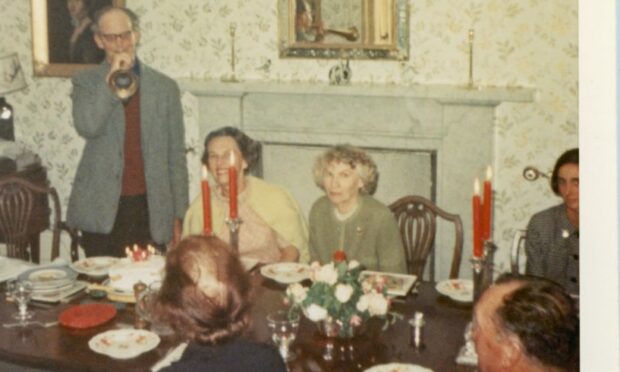
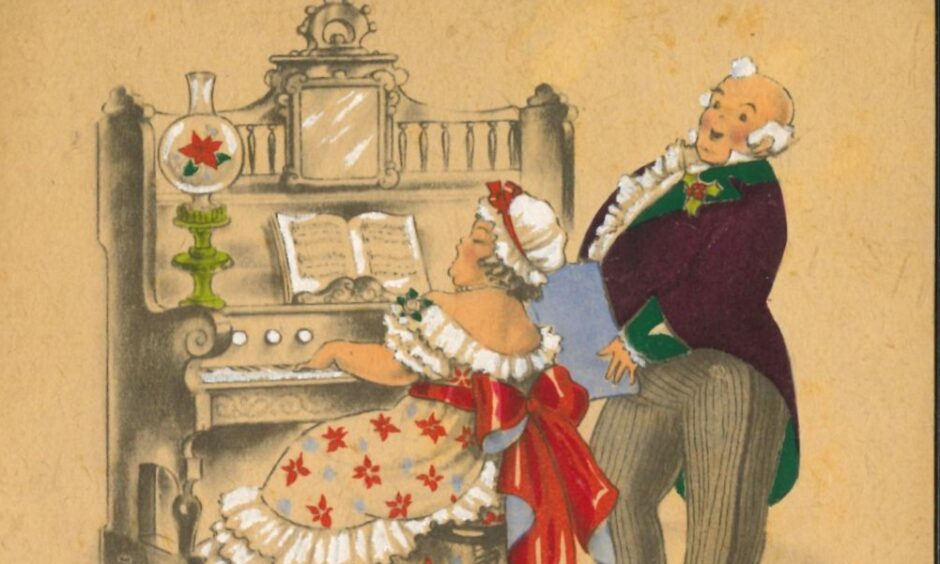
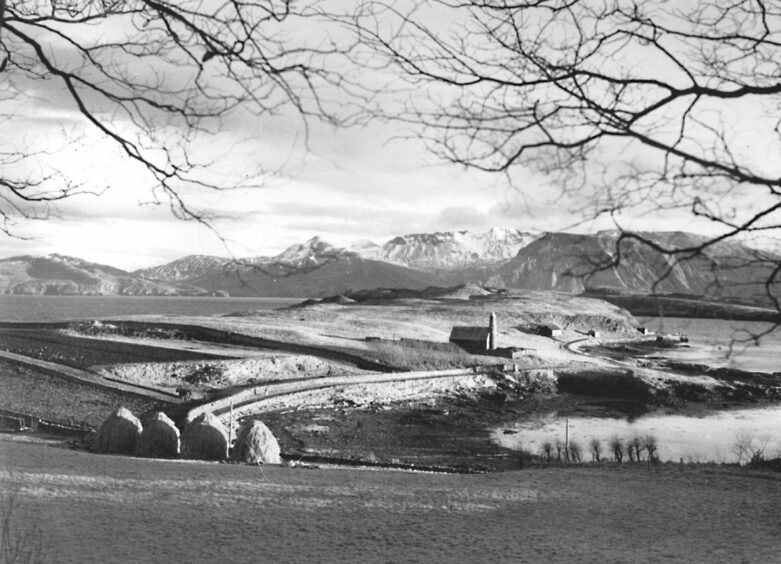
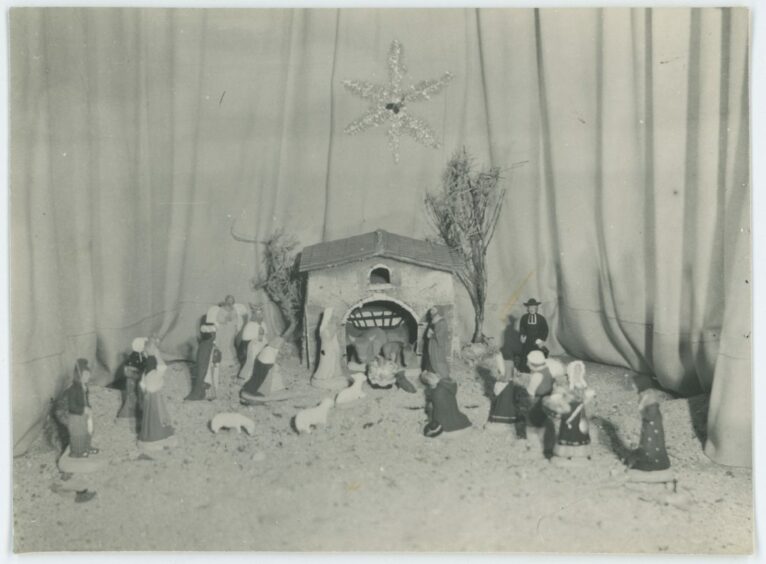
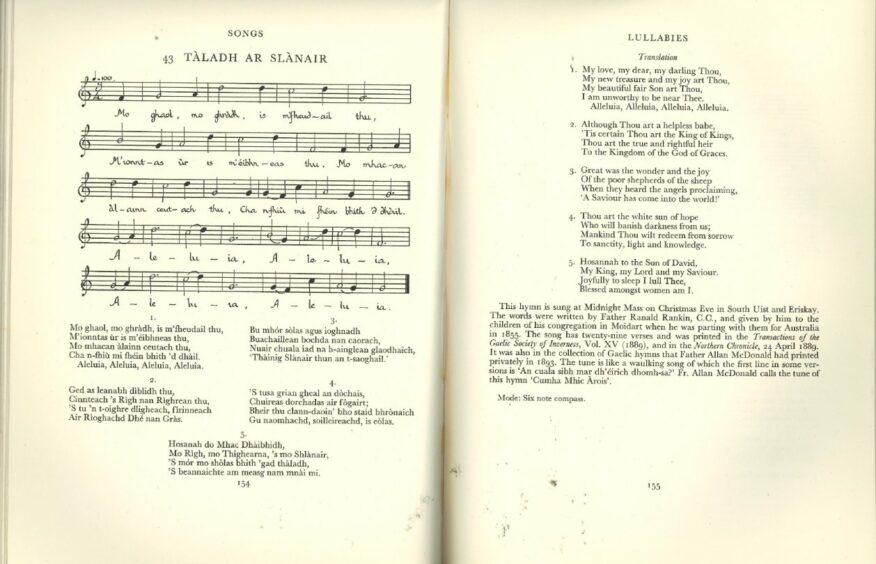
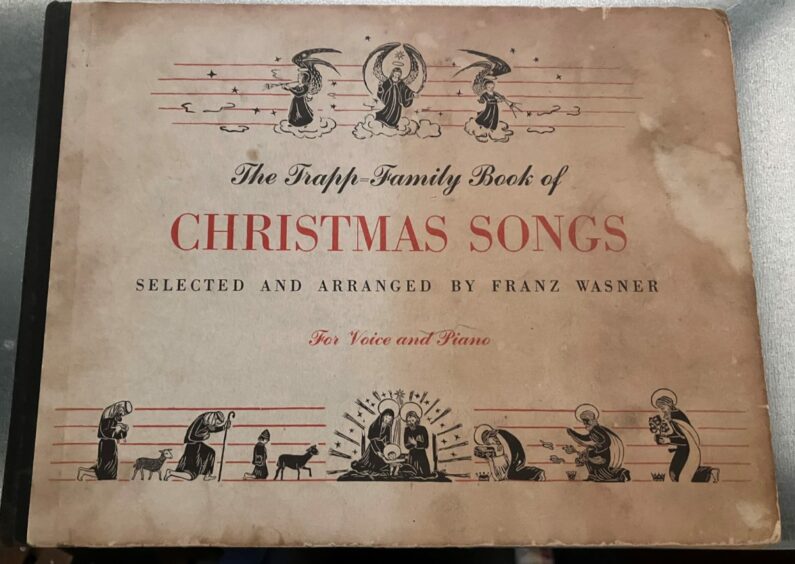
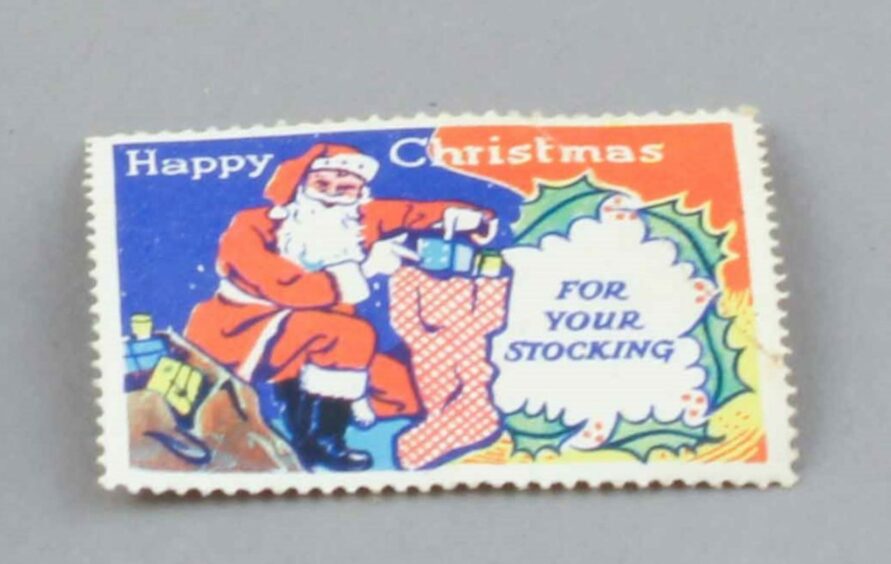
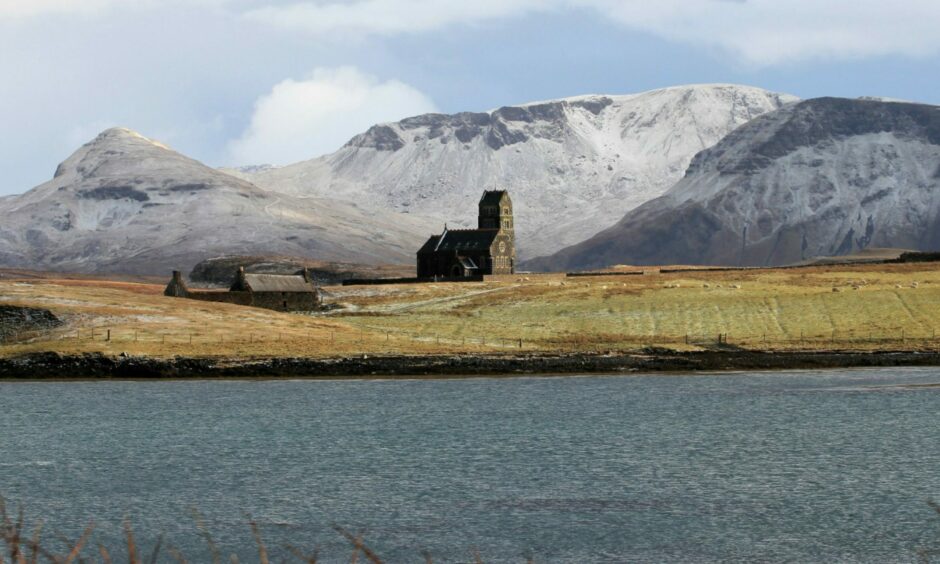
Conversation